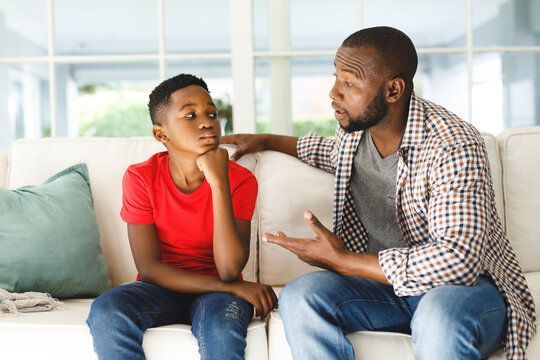The Corona Virus is presenting challenges Americans have not faced at any other time in our country. Certainly, there have been viruses - the chicken pox and polio - and economic challenges. Americans have faced other challenges in the form of war, the stock market crash and 9/11.
The challenges today are different, yet the same as fear and anxiety of the unknown is a difficult task. In addition, routines are changing for households as children are learning from home for at least the next three weeks. Parents may be working remotely and all citizens are being asked to practice social distancing.
C&A’s Early and Middle Childhood program manager Larissa Haring understands these challenges and has provided the tips below for families. Routines are important to maintain for elementary and middle school kids:
Haring wrote schedules are important for everyone’s physical and mental health. She said it is ok to ease up a little on bedtime if you know the child will be getting the recommended amount of sleep through the night. The American Academy of Pediatrics recommends:
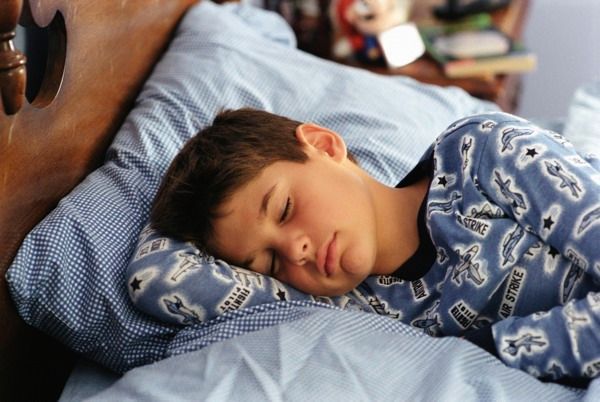
- Children ages three to five get 10 to 13 hours of sleep including naps
- Children ages six to 12 get 9 to 12 hours of sleep
- Adolescents ages 13 to 18 get 8 to 10 hours of sleep
Anxieties and challenging behaviors increase when children do not get enough sleep. Mealtimes also need to remain predictable.
PARENTS WORKING FROM HOME:
Many companies are requiring employees to work from home. This presents challenges for parents and young children who have not experienced this environment.
Haring wrote working from home is more challenging when you have an audience of little ones demanding your time and attention.

Haring suggests having a conversation with your children to let them know what the expectations are during this time. Make sure they have an interesting activity to keep them busy and let them know you will check on them shortly while you get some things done. Smaller doses of work time are more realistic with frequent breaks to give kiddos attention and guidance. The younger the child, the more frequent opportunities of your attention are needed.
THE CHALLENGES OF STUDENTS LEARNING ONLINE:
This will be new and challenging times for all of us – parents and students. Having realistic expectations is important wrote Haring. To help with routines and expectations, set aside specific times for school work. Working on tasks daily will eliminate stress of having too much to do all at once. Like all other things in life, moderation and consistency is the key. If the topic or work becomes frustrating, validate these feelings and help them problem solve ways they can find help. They may need to take a quick break or take a deep breath and try again. First/then and when/then statements are helpful during these times as well. “First you get this worksheet done, then we’ll go for a walk,” or you could say “when this assignment is complete, then we will start the movie.”
Remember that school staff is still readily available to help guide and support their students. C&A encourages you to reach out to them for assistance if needed.
BUSY KIDS WHO NOW HAVE DOWN TIME:
Many children at all age levels are used to having busy schedules either with sports activities, dance, theater and the list goes on. Haring again emphasized schedules and routines continue to be important; screen time and physical activity included. Screen time has risks and benefits to child development. Too much screen time can negatively impact child’s brain development and their mental health while increasing challenging behavioral. The benefits to technology during this time is the connection and remote access to learning; online museum tours; webinar dance practice; group projects; research; and more. Once again, teaching children to practice moderation is key. Keeping the weekly routines are still possible by encouraging no less than recommended one hour a day of physical activity according to the American Academy of Pediatrics. Younger children can use their screen time to look up gonoodle.com for physical activity videos or you host a living room dance party. Older children are still able to use many of their conditioning routines at home, this may take some creativity. Perhaps reaching out to their coaches (but not high school coaches who are in a no contact period) and instructors for guidance to at-home conditioning tips. Last but not least, we can all still go outside: run, walk, swing, jump, skip and more.
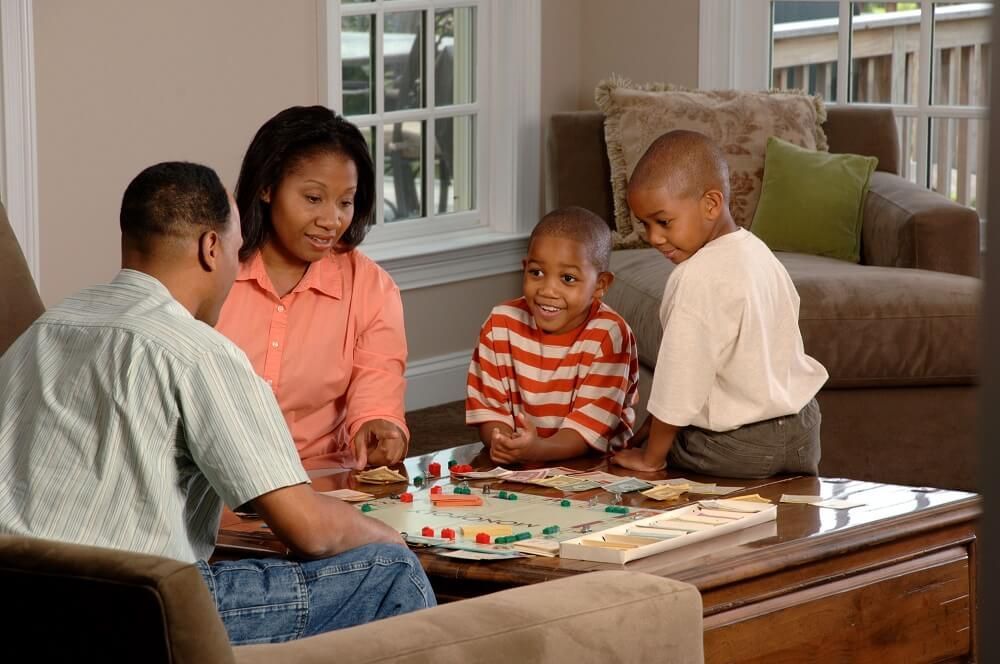
MORE FAMILY TIME
Building the family bond and parent/child relationships is on the best protective factors against future risky behavior or mental health concerns. We have a great opportunity to enhance these relationships over the next few weeks. These conversations and activities will vary depending on the age of the children and family dynamics. We encourage this to be a time of open ended and child directed play or conversation. Let them take the lead and teach you how to play.
This could be Barbies, Legos, video games TikToks or new make up trend. Allowing them to teach you about what interests them sends the message that they are important and you believe in their abilities.
Family or group activities with multiple ages can be challenging to meet all their needs/interests. Ask them for ideas/suggestions. Here are some simple no cost/low cost ideas: family sleepover in the living room, movie night, cooking together, baking together, puzzles, charades, story time, game night, go for a walk, family yoga and hide and seek.
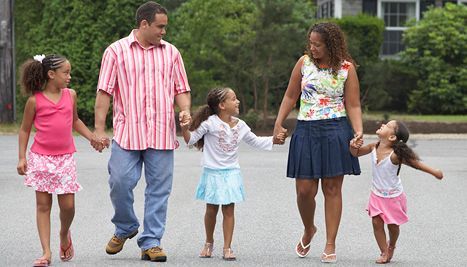
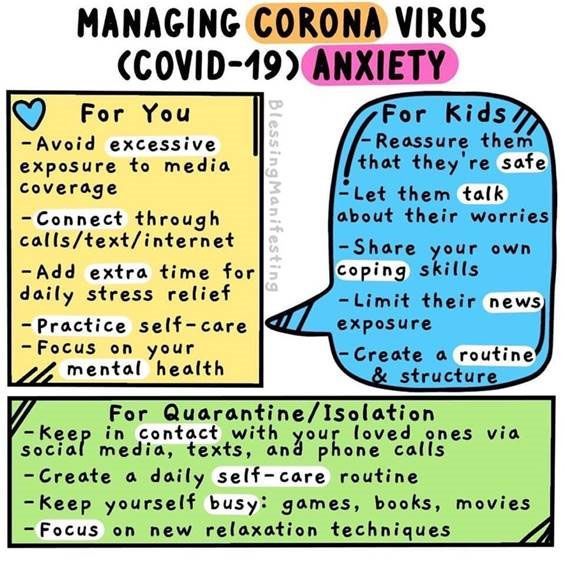
RELIEVING THE STRESS OF THIS UNUSUAL SITUATION
Haring said this is stressful time for all of us, grown-ups and children. Anxieties and worries are heightened with information and our day-to-day lives changing quickly. Be good consumers of information, knowing if the information you’re reading is from a creditable source. Take care of your own mental health, take frequent breaks to practice positive thinking and gratitude. Practice using your own screen time, social media and new limits to help decrease feelings of being overwhelmed and anxious. Know the facts and what is best for you and your children.
Children will follow our lead. They don’t know how to respond to any of this until they watch others around them. We do need to talk to them calmly, explaining within reason what is happening.
The goal is to not tell them too much to scare them, just enough to educate them. Answer the questions the best you can and remember it is okay not to know the answers sometimes. Reassure them that you are the grown up and will make sure you are doing everything to make sure they are safe and taken care of.
According to the Centers for Disease Control and Prevention, stress during an infectious disease outbreak can include:
- Fear and worry about your own health and the health of loved ones
- Changes in sleep and eating patterns
- Difficulty sleeping or concentrating
- Worsening of chronic health problems
- Increase use of alcohol, tobacco or other drugs
- Excessive crying or irritation in younger children
- Returning to behaviors they have outgrown
- Excessive worry or sadness
- Irritability and “acting out” behaviors in teens
- Unexplained headaches or body aches
- Avoidance of activities they have enjoyed in the past
According to Starr Organization, other tips parents can use to keep the household calm.
- Parents need to remain calm themselves
- Answer questions in a calm, direct way
- Provide facts in a developmentally appropriate way
- Remind kids to wash their hands more often and staying away from others
- The likelihood of us getting this virus are not high if we follow the recommendations of doctors
- It is rare to die from the virus unless you are very old and or already sick
- It is ok and normal to be worried and scared but we are doing everything we can to keep you safe
Information for this blog were C&A’s Early and Middle Childhood program manager Larissa Haring, the Starr Organization and the CDC website. If you are feeling or seeing any of these symptoms or feeling overwhelmed, please contact C&A at 330-433-6075.
RECENT POSTS
